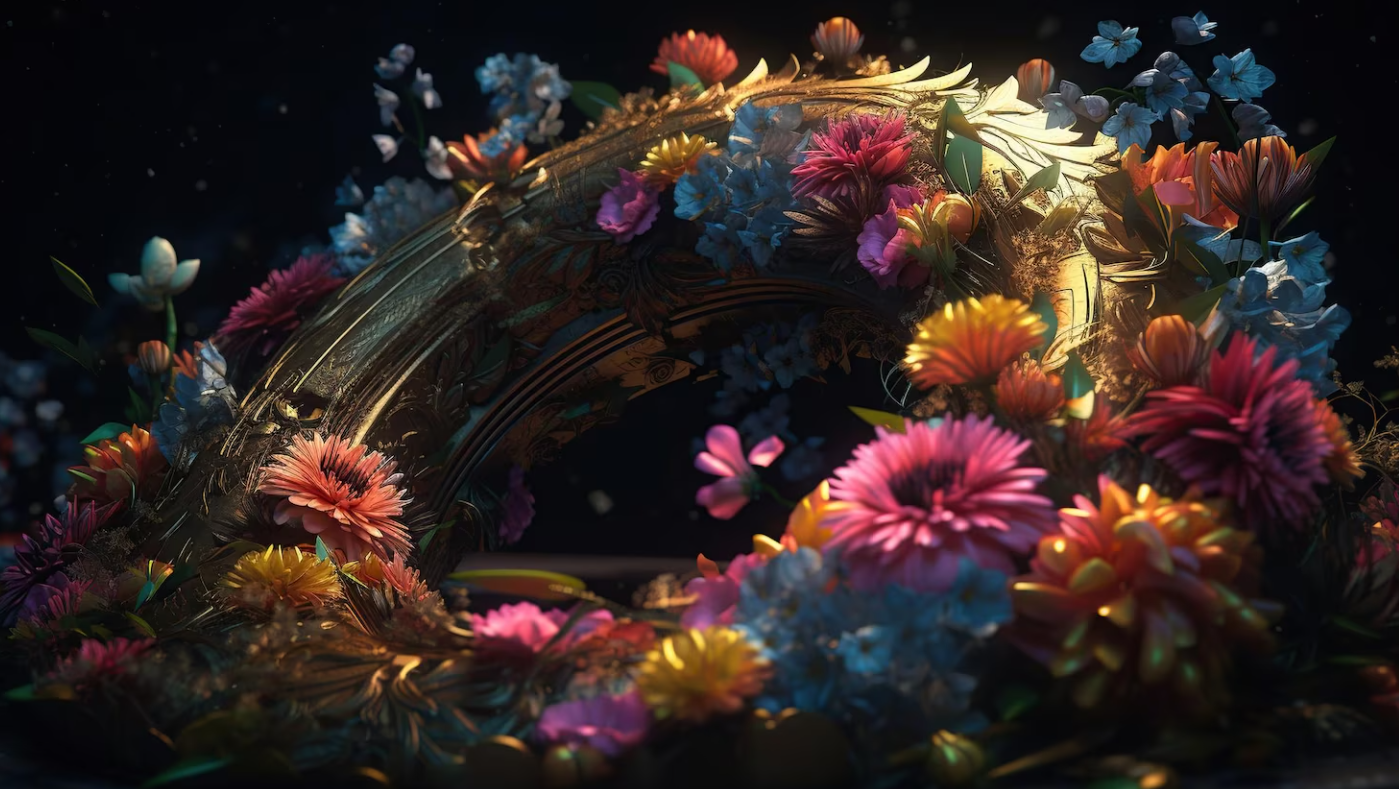Will human-made art be replaced with AI-generated art?
Current artists facing technological threats can look to art history for clues to understand the way forward.
Discourse on art generated by artificial intelligence (AI) versus human-made art has been making its rounds on social media platforms for the past several months. In case you’ve missed it, many are growing alarmed that works by commissioned artists are being replaced with AI-designed graphics. Artists and art fans alike worry about lessened demands for “real art.”
For AI to have the ability to generate images, it relies on huge amounts of data from art that already exists. Thus, some argue that the “creators” of AI-generated art are stealing profit from the artists whose work the AI consumes. The main favourable quality of using AI-generated images is that the results are attractive, effective, available for a fraction of the price, and take less time compared to a human artist’s work.
Although it may be somewhat surprising, debates about the threats that technology poses to art started more than a century ago. Artists and art critics immediately grasped the dangers of a new form of media: photography. As photographic prints of paintings became increasingly available and accurate, there was a seemingly infinite supply of art—and, if anyone could put the Mona Lisa up on their bedroom wall, what role could current artists fulfill?
Arguably, the most fascinating response to the threat of photography was the creation of modernism—or, as Marcel Duchamp, the father of modern art called it, “anti-art.” Irreverent, bitingly ironic, and bizarre in its oscillation between complexity and simplicity, the words “modern” and “art” conjure up images of strange cubes, multimillion-dollar canvases with a single stripe of colour, cans of Campbell’s tomato soup, or sinks mounted to museum walls.
As a movement, modernism was effective and divisive—much of modern art, at least at surface level, doesn’t seem to require much talent to create. And that, in fact, was the point. Modernists, cubists, futurists, surrealists, and impressionists pointed out that technology had removed the public’s need for their works. If anyone today can have art, they argued, anything can be art—like a crowded street, a tin can, a urinal, or the same water lilies painted over and over again. So, ironically, while some consumers declared “real art” was no longer being created, Duchamp, Monet, Van Gogh, Picasso, Munch, and Kahlo all came and went, doing what only art can do: immortalizing the profound signs of their times.
Today, AI art introduces many similar challenges. Regardless of whether you enjoy human-made art, humans will continue to create. But if there’s one thing modern art taught us, it’s that something that doesn’t look like art can still be “real” art. Perhaps the lesson from AI-generated images is that something can look like art or be used like art and yet not be considered “real” art. This is because art is more than just a product—it is an intention, a process, and a challenge to the heart and mind.
AI, like the modernists, is faced with a near-limitless supply of masterpieces to copy or draw inspiration from. Unlike the modernists, however, AI will not buckle down into self-expression. Instead, it will continue to generate multiple versions from the prompt. If you don’t like the options that the AI generates first, it can simply re-generate more. Intentionality is only introduced after the fact, when you pick the images that appeals to you.
Conversely, if you have any friends who are artists, think of how much time they spend drafting before they begin a project. The creative process is the act of playing with one’s choices—until the right way to present a scene is found. The artist is constantly in dialogue with the subject of their work, as well as with the viewers they are looking to present their art to. Artistic decisions dynamically reflect the outcomes of a piece.
There is a certain type of soul in human art that other humans recognize. Maybe it’s because, deep down, we’re all wired to crave meaningful and intentional connection. Art is ultimately all about relationships, and it allows us to recognize and connect with the soul of the person behind the art we consume—even if we criticize it. As the prevalence of AI-generated images increases, will the humanity and soul of art be something we can still recognize and treasure? I don’t know, but I think that recognizing the humanity in art is something that deserves protection.
Copy Editor (Volume 50); Associate Arts & Entertainment Editor (Volume 49) — Maja Ting is in her third year at UTM, completing a Specialist degree in Forensic Biology. In her spare time, she reads, visits the ROM repeatedly, waits for public transit, talks and reckons more than is good for her, and refers to herself in the third person.


